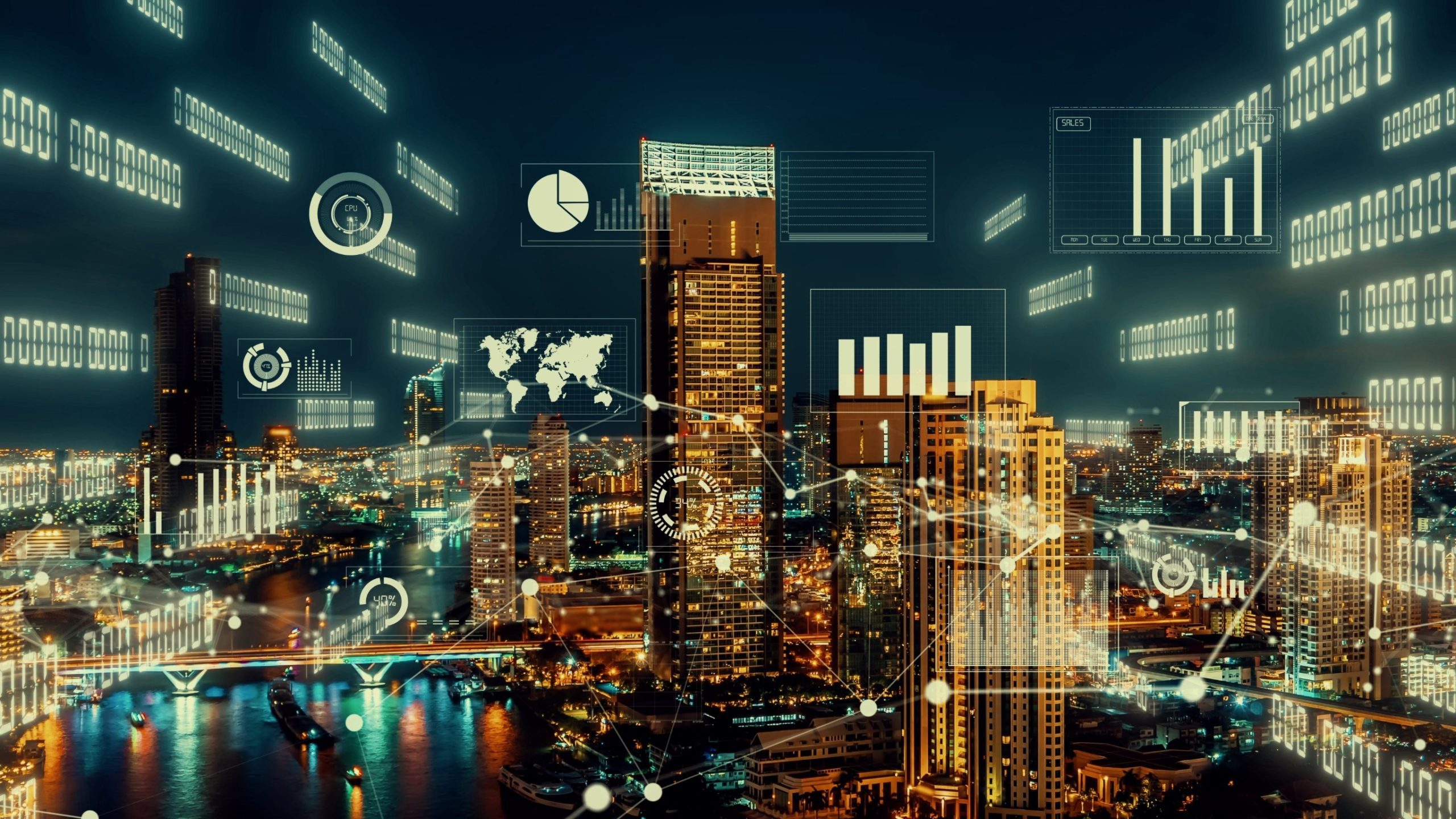Governments and local authorities all around the world are turning to technology to help navigate the resource and spatial constraints associated with a global population that’s recently surpassed 8 billion, and with urban development steadily rising, today around 56% of people live and work in sprawling cities.
To successfully and efficiently manage the vast and often complicated infrastructure that’s become so essential to modern life, internet-connected networks and automated devices are becoming increasingly common, but many smart city residents may not fully understand just how vital these tools really are.
Integrated systems and data analysis are helping to revolutionize the way we live, work and interact on a daily basis, with much of these processes taking place amongst the growing Internet of Things. But to truly understand the importance of this tech, we must learn IoT’s role in managing smart cities.
What is a smart city?
Smart cities use a connected array of IoT devices such as sensors, lights, cameras and meters to collect and analyze useful data that can help authorities to better manage public infrastructure. By gathering reliable information detailing how residents use essential services like transport, waste services, lighting and heating, officials can ensure they’re making efficient use of all available resources.
As IoT devices are intrinsically linked via internet communications, networks that were once self-contained can now be used to inform wider public infrastructure. For example, IoT-enabled cameras are able to collect real-time traffic data and use this information to help plan better public transport services, ultimately reducing congestion, pollution and helping to keep smart cities running smoothly.
The key roles of IoT in smart cities
As population centers continue to grow, waste management becomes one of the most pressing challenges for local authorities to navigate. In 2020 alone, 2.24 billion tonnes of solid waste were produced globally, with this number expected to increase by 73% between present day and 2050.
Of course, there are many ways to repurpose some forms of waste in order to reduce our overall carbon footprint, though to do so we must have systems in place to optimize the handling of refuse. IoT sensors are used to improve the efficiency of waste collection by notifying teams when containers are filled and measuring the average amounts of waste produced on a regular basis to help plan more optimal services.
Another major issue facing modern cities is a measurable decline in air quality, in fact, data published by the Boston Health Effects Institute recently found that as many as 90% of the world’s population now live in areas that exceed the safe air pollution levels outlined in the WHO’s air quality guidelines.
The installation and operation of IoT sensors in smart cities allows officials to monitor air pollution levels across highly populated areas in real-time, measuring the saturation of fine particulates such as car fumes, dust and heavy metals to ultimately help residents avoid areas experiencing pollution events.
Not only does energy waste in populous cities contribute heavily to increased levels of pollution, but it can also represent a significant financial issue. Data indicates that poorly managed lighting alone is estimated to cost the US up to $3 billion per year in funds that many communities simply cannot afford to lose.
By implementing IoT sensors and cameras in commercial and residential properties, as well as in outdoor infrastructure such as streetlights, automated systems can be developed in which lighting and HVAC systems are only engaged when absolutely necessary, drastically improving energy-efficiency.
Alongside measurable improvements to efficiency and utility, the development of IoT-informed devices can help to better protect both people and property. Using integrated security systems informed by real-time analytics, crime detection and prevention can be made much more effective.
A typical smart building will include RFID door readers used to ensure only authorized persons are ever permitted entry to workplaces and homes, security cameras that can be viewed and adjusted remotely to protect residents 24/7 and alarm systems able to provide real-time alerts to authorities.
Conclusion
As urbanization continues to drive more people towards the developed infrastructure of modern cities, officials and authorities must find new and effective ways to leverage smart technology in order to help reduce potential resource waste and improve the living and working conditions of residents.
The interconnected nature of IoT devices allows teams to not only collect higher quality data used to enhance the operation of essential services, but also contributes to the development of informed security and utility systems able to be scaled and upgraded in line with any and all future technological advancements. This, in essence, is IoT’s role in managing smart cities.

